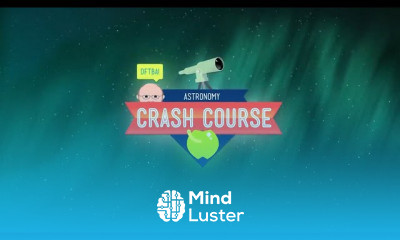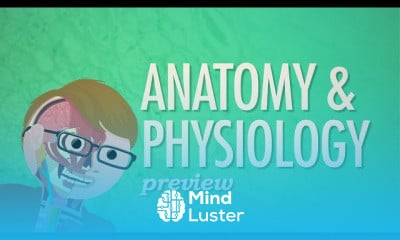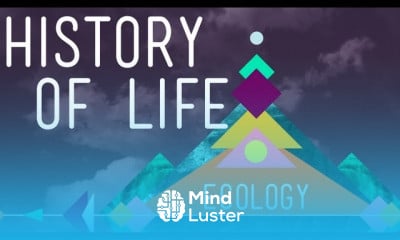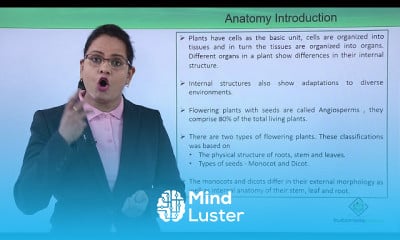The Nervous System Part 2 Action Potential Crash Course A P 9
Hide All Ads - Subscribe Premium Service Now
Share your inquiries now with community members
Click Here
Sign up Now
Lessons List | 48
Lesson
Show More
Lessons
Comments
Related Courses in Science
Course Description
Anatomy and physiology are two of the most basic terms and areas of study in the life sciences. Anatomy refers to the internal and external structures of the body and their physical relationships, whereas physiology refers to the study of the functions of those structures. What are the basics of anatomy and physiology?
Basic Anatomy and Physiology. Anatomy and physiology is the study of the body's systems and structures and how they interact. Anatomy focuses on the physical arrangement of parts in the body while physiology is the study of the inner functioning of cells, tissues, and organs. What is learned in anatomy physiology?
What You'll Learn in Anatomy and Physiology. In Anatomy and Physiology, you're going to learn about body systems, organs, muscles, bones, tissue types, nerves, organ systems, immune system, cells, and more. What are the three types of anatomy?
Gross anatomy is subdivided into surface anatomy (the external body), regional anatomy (specific regions of the body), and systemic anatomy (specific organ systems). Microscopic anatomy is subdivided into cytology (the study of cells) and histology (the study of tissues). What are the 12 organs of the body?
They are the integumentary, skeletal, muscular, nervous, endocrine, cardiovascular, lymphatic, respiratory, digestive, urinary, and reproductive systems. Only the reproductive system varies significantly between males and females What are the 5 branches of anatomy?
Anatomy is the field of science concerned with the study of the physical structures of organisms. It's divided into several branches, including histology, embryology, gross anatomy, zootomy, phytotomy, human anatomy, and comparative anatomy. What are the 11 systems in the body?
The 11 organ systems include the integumentary system, skeletal system, muscular system, lymphatic system, respiratory system, digestive system, nervous system, endocrine system, cardiovascular system, urinary system, and reproductive systems. Is basic anatomy and physiology hard?
Anatomy and physiology is difficult but very doable! ... With physiology, it becomes more challenging when you have to remember (and I mean really memorize) complex processes and functions of different components of the human body in exact detail.
Trends
French
Graphic design tools for beginners
Formation efficace à l écoute de l
Learning English Speaking
Data Science and Data Preparation
Artificial intelligence essentials
MS Excel
Design and Analysis of algorithms DAA
Build a tic tac Toe app in Xcode
American english speaking practice
Create mobile apps
Build a profitable trading
Essential english phrasal verbs
Web Design for Beginners
English Language
Growing ginger at home
Electrical engineering for engineer
Theory of Computation
Communication Skills
Certified in CyberSecurity
Recent
Data Science and Data Preparation
Growing ginger at home
Gardening basics
Ancient watering techniques
Grow mushrooms
Growing onions
Veggie growing
Bean growing at home
Growing radishes
Tomato growing at home
Shallot growing
Growing kale in plastic bottles
Recycling plastic barrel
Recycling plastic bottles
Grow portulaca grandiflora flower
Growing vegetables
Growing lemon tree
Eggplant eggplants at home
zucchini farming
watermelon farming in pallets



















You must have an account within the platform in order to participate in the discussion and comment. Register now for freeClick here